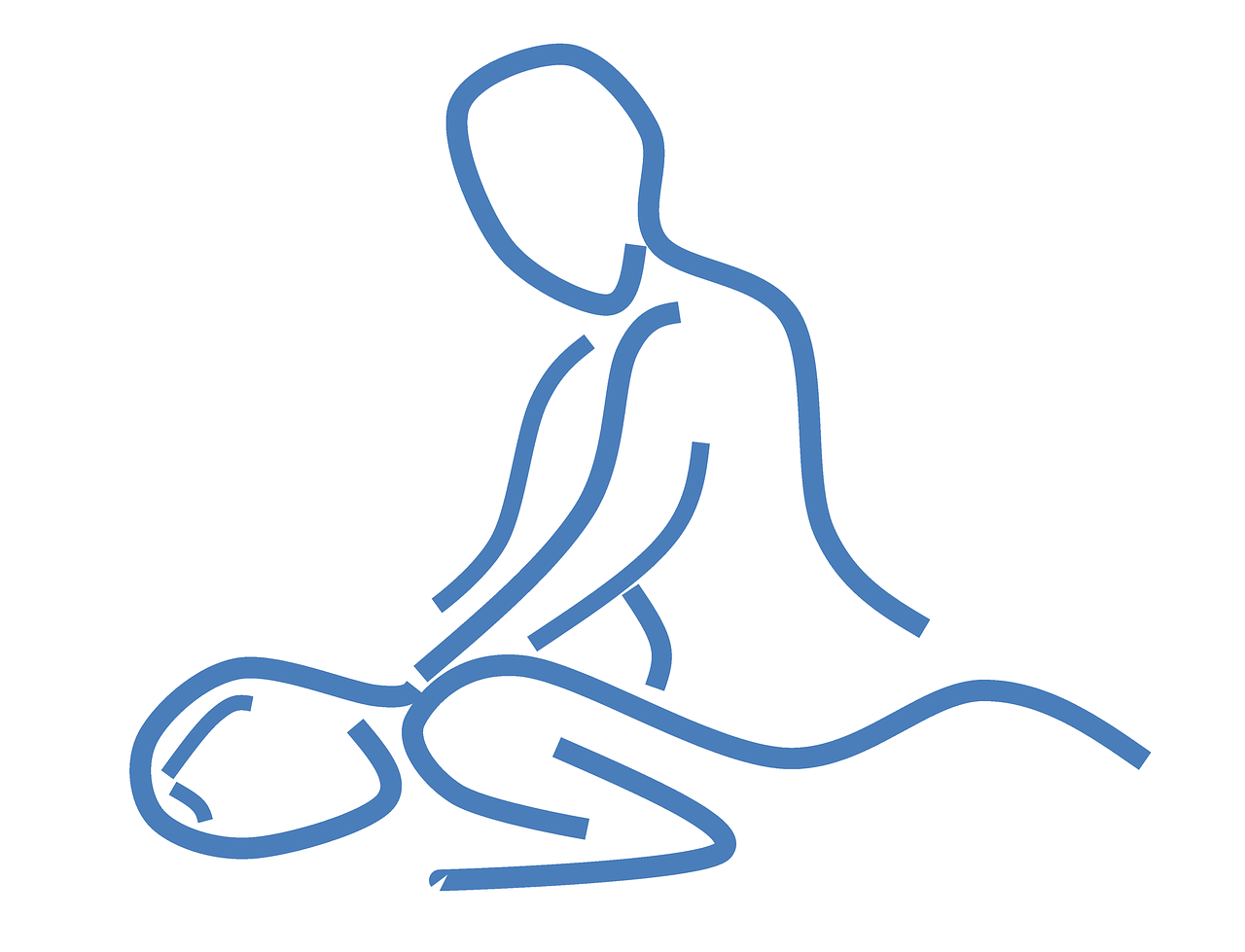
How to Find Entertainment in Your Offer
Beware the f-word! It’s odd how rarely fun or entertainment features as part of an offer despite frequent references to fun in business circles.
What is It?
Perhaps for some people, fun diverts from serious matters. Whether a welcome diversion or to be avoided at all costs, fun is definitely secondary.
However, to claim something serious is fun or entertaining in some way attracts more people. They don’t want to be bored and no matter how important the topic, to make it palatable is no bad thing.
Fun or entertainment has intrinsic value. It’s an opportunity to take a break, try something new and relax. Done with others it enhances relationships and perhaps defuses antagonism.
Value to the Client
Fun may be memorable. To what extent does fun, where it engages attention, help people remember important stuff?
Getting away from the familiar helps strategic planning or team building. Sometimes when we engage with the unfamiliar, we find new insights spontaneously come to our attention. Fun has utility.
So, fun helps us to
- Build or mend relationships
- Take a rest or respite
- Provide space to think strategically
- Build trust in teams
- Learn new skills
- Provide an effective learning environment
How to Get There
For coaches fun may be a means to an end. It is rarely an end in itself. If clients enjoy coaching sessions or training, they are likely to benefit more and return for more.
How do you market the fun element; convey fun without undermining seriousness of purpose?
Some things are enjoyable without being fun. For example, a therapeutic massage may be enjoyed but we would not describe it as fun. Clients might enjoy learning a new skill through hard work.
Your Offer
Most important is benefits to the client. If you promise they’ll enjoy picking up benefits, all well and good. Ask for testimonials that say they enjoyed working with you or even had fun.
This is the fifteenth of 31 posts about elements of value. Make sure you don’t miss any by signing up for the offer below. The posts in this sequence can be accessed below:
- Social impact: Self-transcendence
- Life Changing: Provide Hope, Self-Actualisation, Motivation, Heirloom, Affiliation and Belonging
- Emotional: Reduces Anxiety, Rewards Me, Nostalgia, Design / Aesthetics, Badge Value, Wellness, Therapeutic Value, Fun / entertainment
Next: Attractiveness
+ 1 more
- Functional: 14








